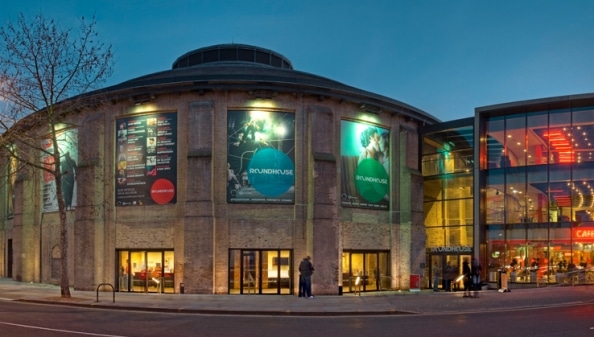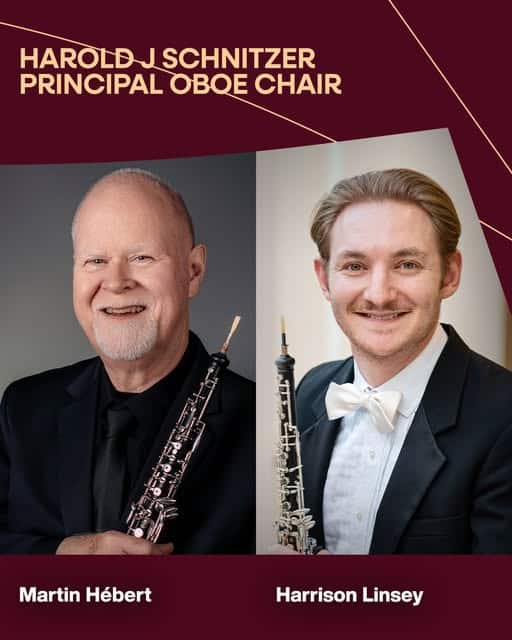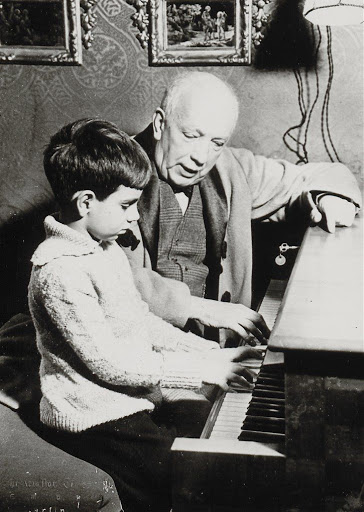ENO’s new home?
mainRumours are flying around that English National Opera, when it leaves the Coliseum, will decamp to the Roundhouse at Camden.

We’ve established that nothing has yet been signed, but it’s a step in the right direction.
The Roundhouse seats 1,700, has staged work for the Royal Opera and has a young audience who live across north London in residential heartlands that ENO has long abandoned. It’s a perfect place for ENO to start reconnecting with real people.
Your views?





Comments